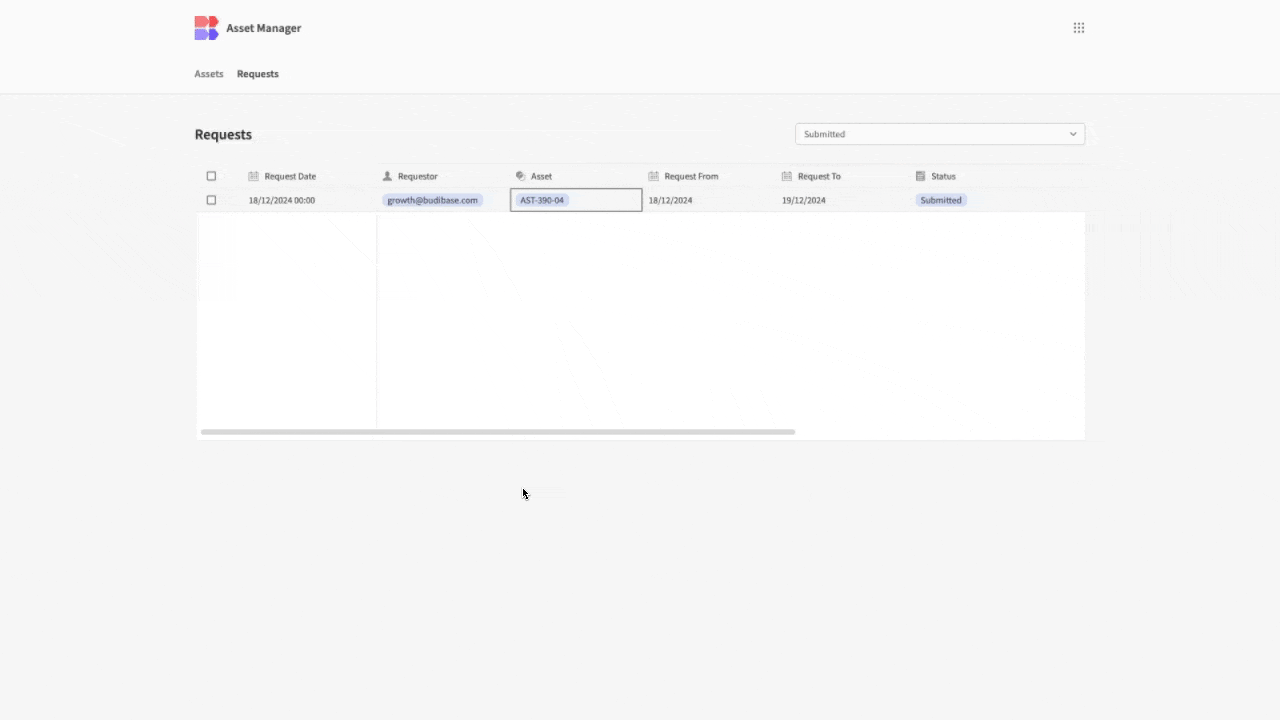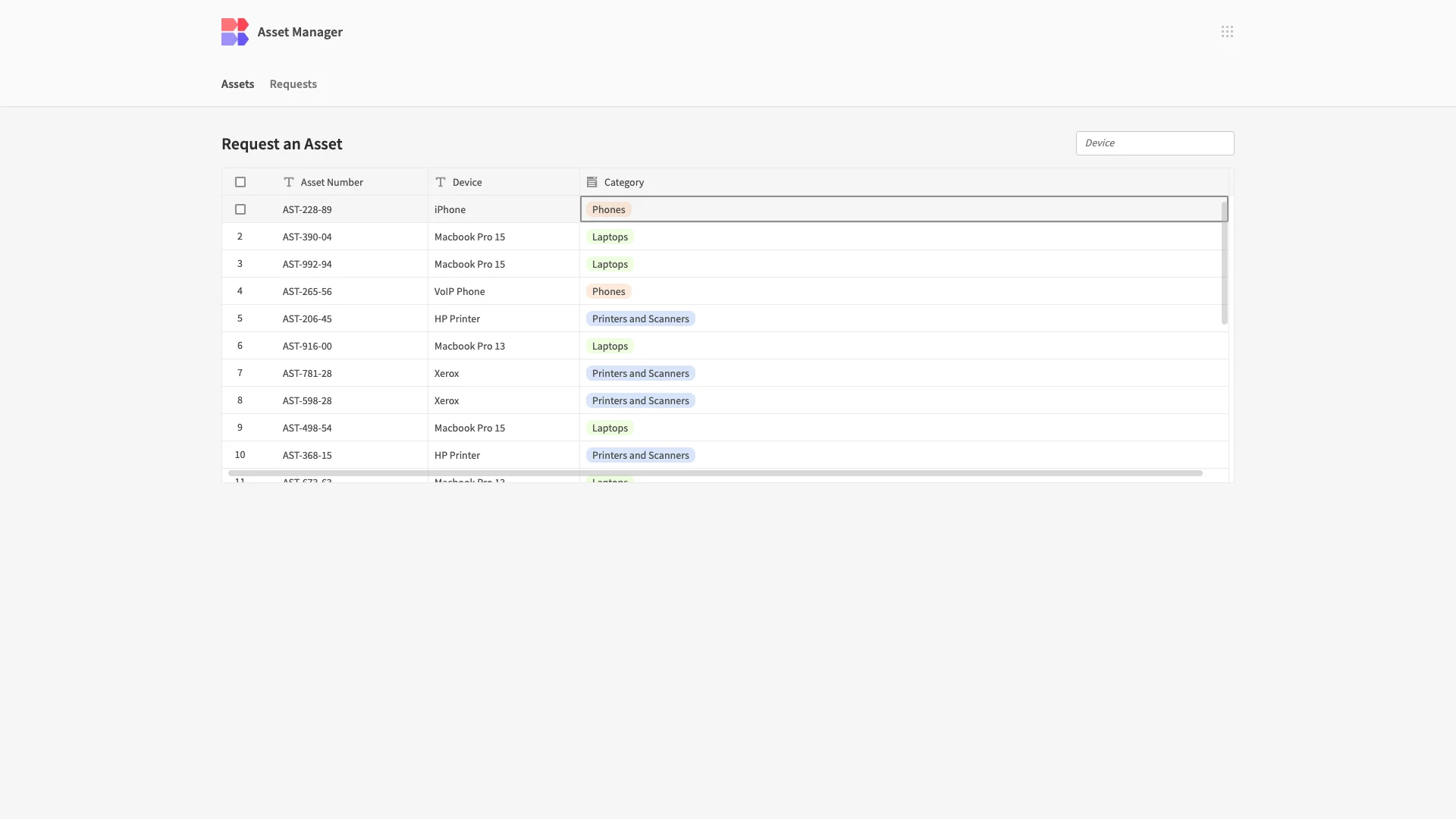
An effective IT team is the heart of any successful organization. Asset maintenance and inventory management are key here. Ensuring that the right devices are accessible is critical to all other business processes.
When done properly, asset management helps to ensure profitability, by reducing admin costs. When assets are managed poorly, businesses are exposed to risks, inefficiencies, and poor outcomes.
What is IT asset management?
Asset management is all about making sure that your business gets the most value out of each of its devices. This means maximizing utility, while minimizing losses and risks, across your entire inventory.
For IT teams, there are many key challenges here:
- Accounting for all devices.
- Deploying assets to where they are needed.
- Maintaining and servicing your inventory.
- Managing costs.
- Patch management.
- Lifecycle management and retiring devices.
The goal is to ensure that your organization’s IT inventory is accessible, reliable, secure, and profitable.
Why do you need asset management software?
Digital tools take the legwork out of IT asset management (ITAM). Countless organizations still manage hardware and software inventories using spreadsheets, emails, or even pen and paper. This is far from ideal.
Tracking and managing assets with manual tools creates avoidable admin work, risk, and scope for human error.
The alternative is using a dedicated IT asset management platform. Digital tools allow you to automate processes, eliminate risks, and provide more streamlined workflows.
What do asset management tools include?
All asset management tools contain key features:
- A database for managing device information.
- A front-end interface for calling, querying and manipulating device data.
For example, businesses might store and use data on how devices are used, their cumulative cost over time, their maintenance needs, and more. Or, they might need to track other resources, like software licenses, mobile devices, network hardware, and more.
Our web-based open-source asset management system empowers you to use this information, without the need for advanced database skills. This saves time and money, by creating intuitive and streamlined asset tracking workflows for IT teams.
Our open-source asset management template
Our IT asset management software is built for functionality and fast deployment.
With our free template, you’ll have access to asset management features including:
- External database support.
- Complete customization.
- Email automation.
- Intuitive UI.
- Custom permissions.
- Third-party integrations.
- Responsive design.
- Optional self-hosting.
- Custom automations.
- Streamlined processes.
Budibase is the fast and easy way to build asset management software.
Start building with our free asset management template
Sign up nowStreamlined asset management
Our template offers unrivaled device management experiences. We’ve provided multiple user-friendly screens for managing costs deployment, asset requests, and maintenance schedules.
We’ve based it on a simple two-step, two-role request and approval workflow. Users with the Requestor role can view available assets and submit requests, as well as viewing and cancelling their own previous submissions. Approver users are able to create and edit assets, respond to requests, or view the history and current deployment of individual deviced.
We’ve also added automated logic to prevent requests from clashing with one another by preventing users from booking an asset that’s already been scheduled for the requested dates.
Instant deployment and rental
A key part of asset management is deploying the right devices to the right users. Our template offers instantaneous asset requests. With a searchable inventory screen and intuitive rental form, employees can quickly and easily request the devices they need in real-time.
Our template is built around three databases for assets, requests, and schedule. When a user completes a rental form, a new row is created on the requests table. This is linked to the respective row of the assets table, using simple relationships
Your IT team can then search, view, manage, and approve all requests. When a request is approved, the relevant data is then added to the schedule, which is linked to the relevant rows in the two other tables.
Role-based access control
Budibase offers customizable role-based access control. Set your own access rules, based on job role, seniority, department, and more. Take control over how different users interact with your app’s data.
Our template is built around two permissions tiers - Requestors and Approvers.
In Budibase users with the App Admin role have permissions to update your applications or edit any of the underlying data.

Process automation
Budibase is the smart way to automate asset management workflows. Use any in-app action to trigger our wide library of built-in automations. We also offer a built-in JavaScript editor, and third-party integrations, to create powerful, custom automations.
Our template uses three distinct automation rules to handle scheduling conflicts, approvals, and request cancellations.
Add your SMTP credentials to trigger email automations using in-app actions, for streamlined communications.
Responsive design
All of our app components and building blocks are fully mobile-responsive. Our asset management template works perfectly on all devices, with elements automatically scaling to fit the user’s screen.
Budibase also supports conditional UIs. Hide or display any design element, based on the user’s device, for a fully streamlined mobile UX.
Maximize app adoption, by giving your IT team an asset management tool they can take anywhere.
Start building with our free asset management template
Sign up nowOpen-source asset management software from Budibase
We’re on a mission to change the way businesses build custom software tools. Our open-source, low-code platform is the fast and cost-effective way to build deployable asset management software.
- Open-source development.
- Scalability.
- Self-hosting or cloud-based deployments.
- RBAC.
- Self-hosting.
- Responsive design.
- Security.
- Automation.
- Integrations.
- Low-code.
- External data sources.
- Total customization.
- Built-in JavaScript editor.
With Budibase, you can achieve the benefits of IT asset management tools in a fully custom solution, with minimal development time.
Our open-source, low-code platform
Budibase offers unparalleled functionality, ease of use, and development times. With auto-generated app screens, an intuitive UI, and complete customization, our platform is the secure way to build internal tools.
Organizations around the world choose Budibase for our leading development experiences. We also offer premium support packages and SLAs for enterprise customers. Check out our pricing page for more information.
Self-hosting or Budibase Cloud
You’re in control of how you host and deploy your Budibase tools. Choose self-hosting or our proprietary Budibase Cloud platform.
Deploy your asset management software to your own infrastructure, using Kubernetes, Docker, Docker Compose, Digital Ocean, and more.
External database support
With Budibase, it’s easy to collect and centralize asset data. We offer support for a wide range of external data sources. Connect our template to existing data, using SQL, MongoDB, Rest API, CouchDB, S3, and more.
We also offer our own built-in database, with support for CSV uploads. Use Budibase as a fast and effective way to centralize asset data which is spread across multiple spreadsheets.
Third-party integrations
Budibase works seamlessly alongside your existing software stack. We offer support for a vast number of third-party app integrations, using Zapier, REST, and more. You can even use in-app actions to trigger automations in external tools.
Connect our template to communications tools, work order apps, portals , invoicing software, and more, for unrivaled functionality.
Security
Budibase is the smart choice for building secure custom software. With optional self-hosting and customizable RBAC, our users have the power to implement the exact right security standards for their needs.
We also offer free SSO, as well as support for OAuth, OpenID, and more.
Scalability
Scalability is built into everything we do. As your business grows and changes, your tools must evolve too. Our asset management template is ready to grow to meet new challenges and threats.
Add capacity, functionality, users, and screens, without the need for excessive development times. Say goodbye to waiting for the features you need from off-the-shelf providers.
Start using Budibase today
At Budibase, we’re building the world’s largest ecosystem of free, open-source internal tools .
To start using our open-source asset management software, simply click below.
Deployment options
- Budibase Cloud Host with Budibase and let us manage everything for you. Quick and easy.
- Docker Self-manage Budibase using Docker and Docker Compose.
- Kubernetes Use the Budibase helm chart to deploy Budibase directly into your Kubernetes cluster.

- Digital Ocean The simplest way to self-host Budibase on your own infrastructure - 1 click install.

